<--- Back to Details
| First Page | Document Content | |
|---|---|---|
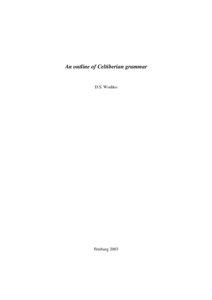 Date: 2003-07-08 10:22:02Ancient languages Indo-European languages Writing systems Languages of Spain Celtiberian language Gaulish language Celtiberian script Laryngeal theory Diphthong Celtic languages Celtic culture Continental Celtic languages |
Add to Reading List |
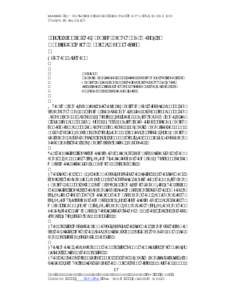 | KRASHEN: INSTRUCTION IN THE SPANISH DIPHTHONG: RESULTS CONSISTENT WITH MONITOR HYPOTHESIS Instruction in the Spanish Diphthong: ResultsDocID: 1tGO9 - View Document |
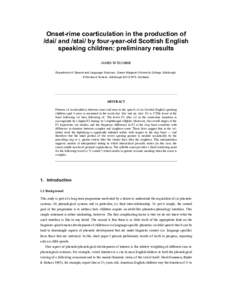 | Microsoft Word - scobbie 2000 submitted to BCP.docDocID: 1rlX4 - View Document |
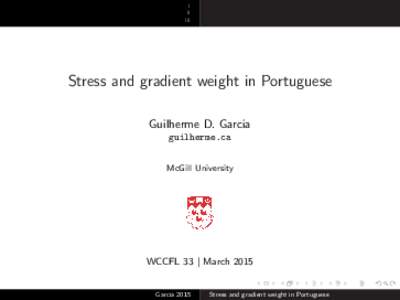 | i ii iii Stress and gradient weight in Portuguese Guilherme D. GarciaDocID: 1rbMh - View Document |
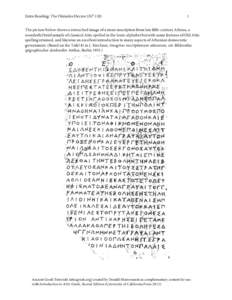 | Extra Reading: The Oiniades Decree (IG3The picture below shows a retouched image of a stone inscription from late fifth-century Athens, a wonderful brief sample of classical Attic spelled in the Ionic alphabet bDocID: 1qZOC - View Document |
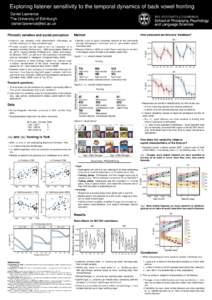 | Exploring listener sensitivity to the temporal dynamics of back vowel fronting Daniel Lawrence The University of Edinburgh MethodDocID: 1qVfH - View Document |
 An outline of Celtiberian grammar D.S. Wodtko
An outline of Celtiberian grammar D.S. Wodtko